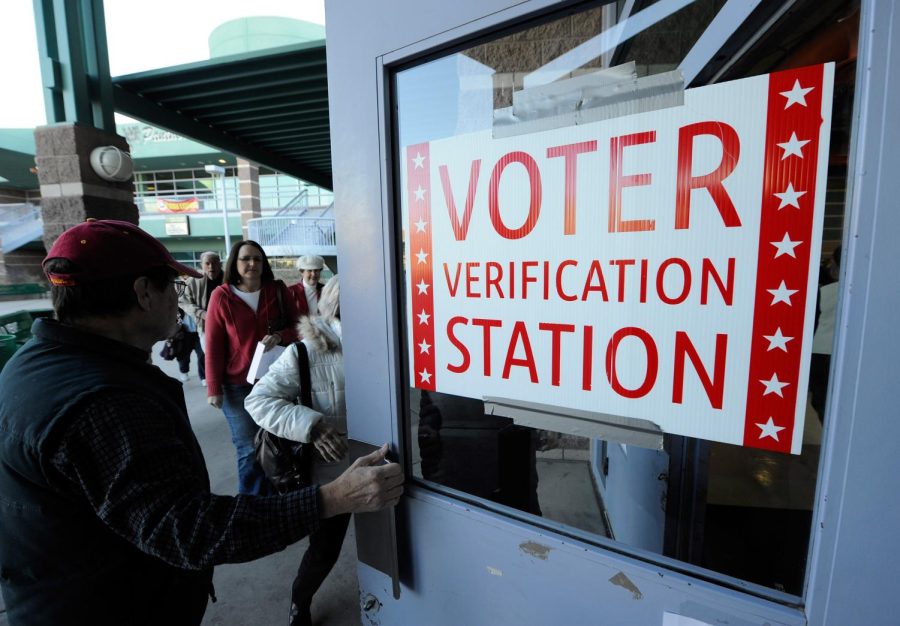Ohio Special Election on May 2, Early Voting Begins April 4
Voter Identification laws have changed in Ohio.
PSA: The Review encourages all eligible voters to ensure that their voter registration is up to date and to participate in the upcoming election, for which Election Day is May 2 and early voting begins April 4. Eligible voters may also alternatively vote by absentee ballot beginning April 4.
On May 2 of this year, the state of Ohio is holding a combined primary and special election. The deadline to register to vote is this Monday, April 3, and both early in-person and absentee voting begin the day after on Tuesday, April 4. Oberlin voters will be asked to either renew or reject a tax levy that funds the Lorain County Board of Developmental Disabilities.
“A renewal of a tax for the benefit of Lorain County for the purpose of providing facilities, programs and services for Murray Ridge Center by operating Murray Ridge School, workshops, community based employment and residential facilities and making capital improvements on the buildings of Murray Ridge Center for developmentally disabled children and adults that the county auditor estimates will collect $11,942,701 annually, at a rate not exceeding 1.6875 mills for each $1 of taxable value, which amounts to $39 for each $100,000 of the county auditor’s appraised value, for 5 years, commencing in 2023, first due in calendar year 2024,” the sample ballot distributed by the Ohio Board of Elections reads.
On April 7, Ohio House Bill 458 will go into effect. Notably, the bill includes sections updating the types of identification permissible for voters.
“(a) An Ohio driver’s license, state identification card, or interim identification form issued by the registrar of motor vehicles or a deputy registrar under Chapter 4506. or 4507. of the Revised Code; (b) A United States passport or passport card; (c) A United States military identification card, Ohio national guard identification card, or United States department of veterans affairs identification card. (2) A ‘copy’ of an individual’s photo identification means images of both the front and back of a document described in division (AA)(1) of this section, except that if the document is a United States passport, a copy of the photo identification means an image of the passport’s identification page that includes the individual’s name, photograph, and other identifying information and the passport’s expiration date,” the Bill reads.
The Ohio State University student publication The Lantern published an article detailing the potential impacts of these new restrictions upon financial aid.
“Anna Wagner, assistant director for Student Leadership Development and an indirect advisor to OSU Votes — a student led group to encourage others to vote — said out-of-state students getting new state IDs in Ohio could potentially disrupt things like financial aid or residency, which makes it wiser to stick to mail-in voting,” the article reads.
However, Oberlin College Director of Financial Aid Michele Kosboth assures students that financial aid for Oberlin students will remain unchanged.
“The only aid that might be impacted by a student changing their state of residence for any reason would be a state grant, if they qualified for one,” Kosboth wrote in an email to the Review. “Many states do not let their grant funding travel outside of their state any longer, so fewer and fewer students are able to bring grant funding from another state to Ohio to use at Oberlin.”
According to Kosboth, though, this out-of-state grant funding applies to fewer than 20 enrolled students and, for those students, the College pledges to attempt to replace any lost grant-based aid.
“All other aid, and student charges, are not dependent on the state of residence of a student,” Kosboth wrote. “That answer could be very different at other colleges, specifically state universities where the aid and/or the charges can vary based on the students’ state residency status.”







